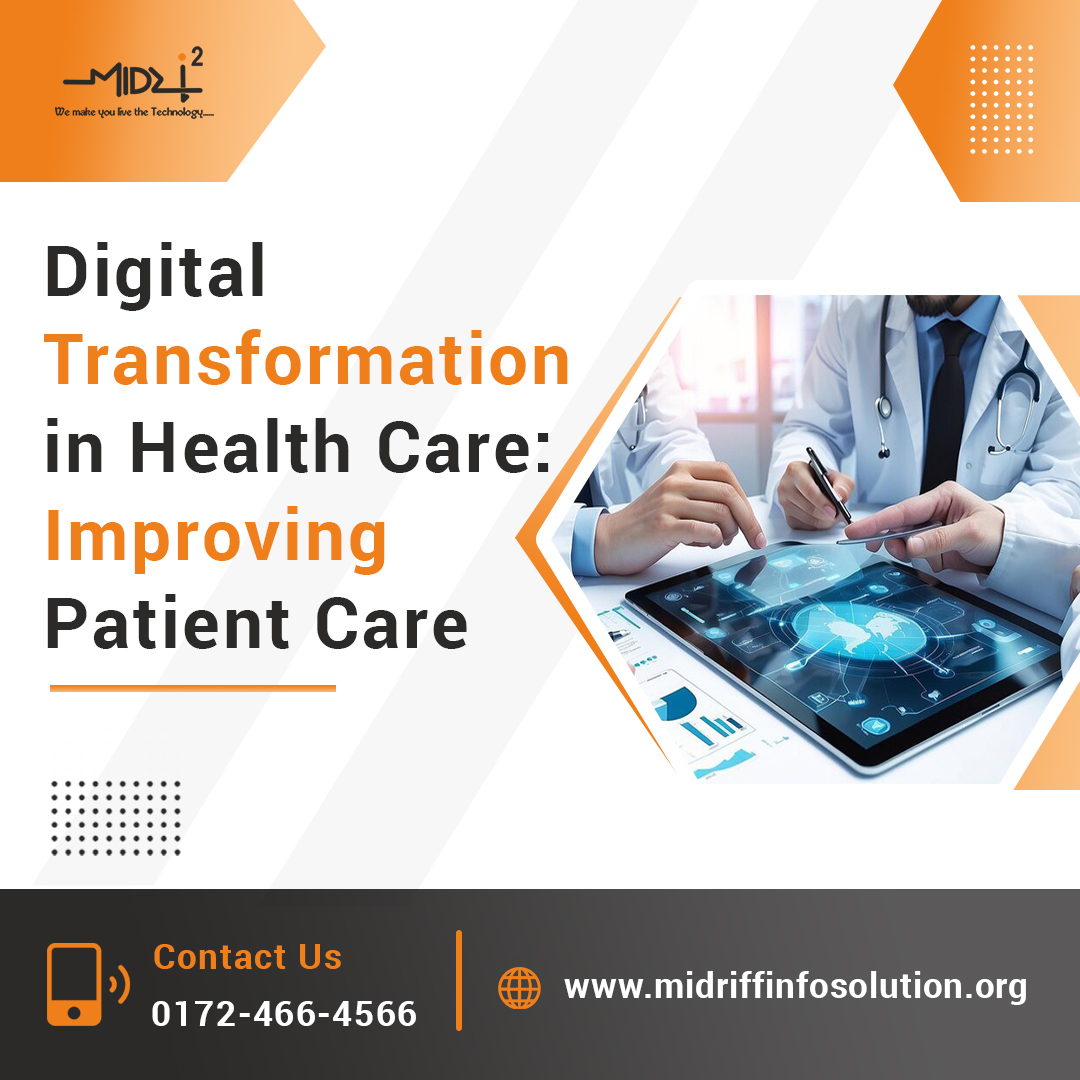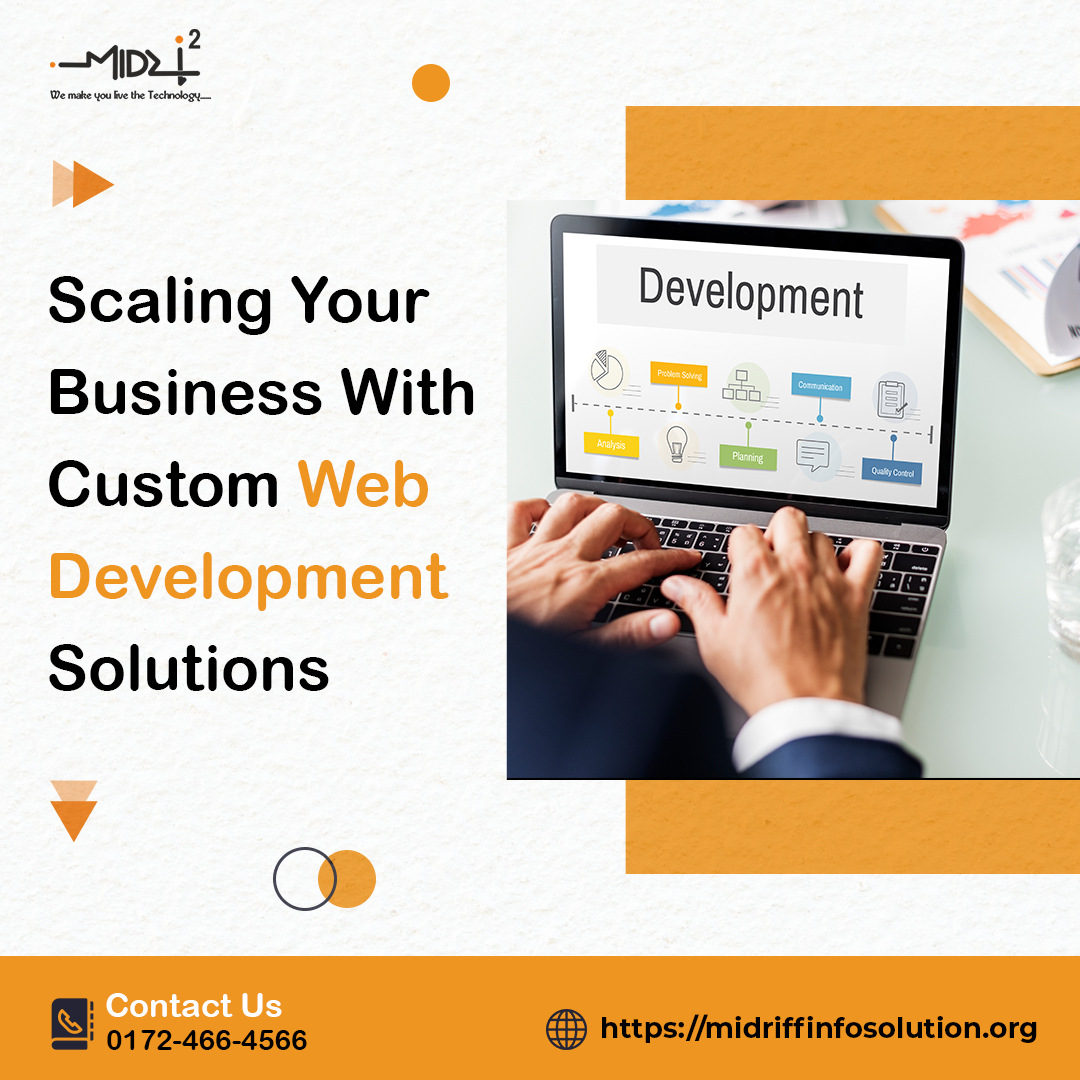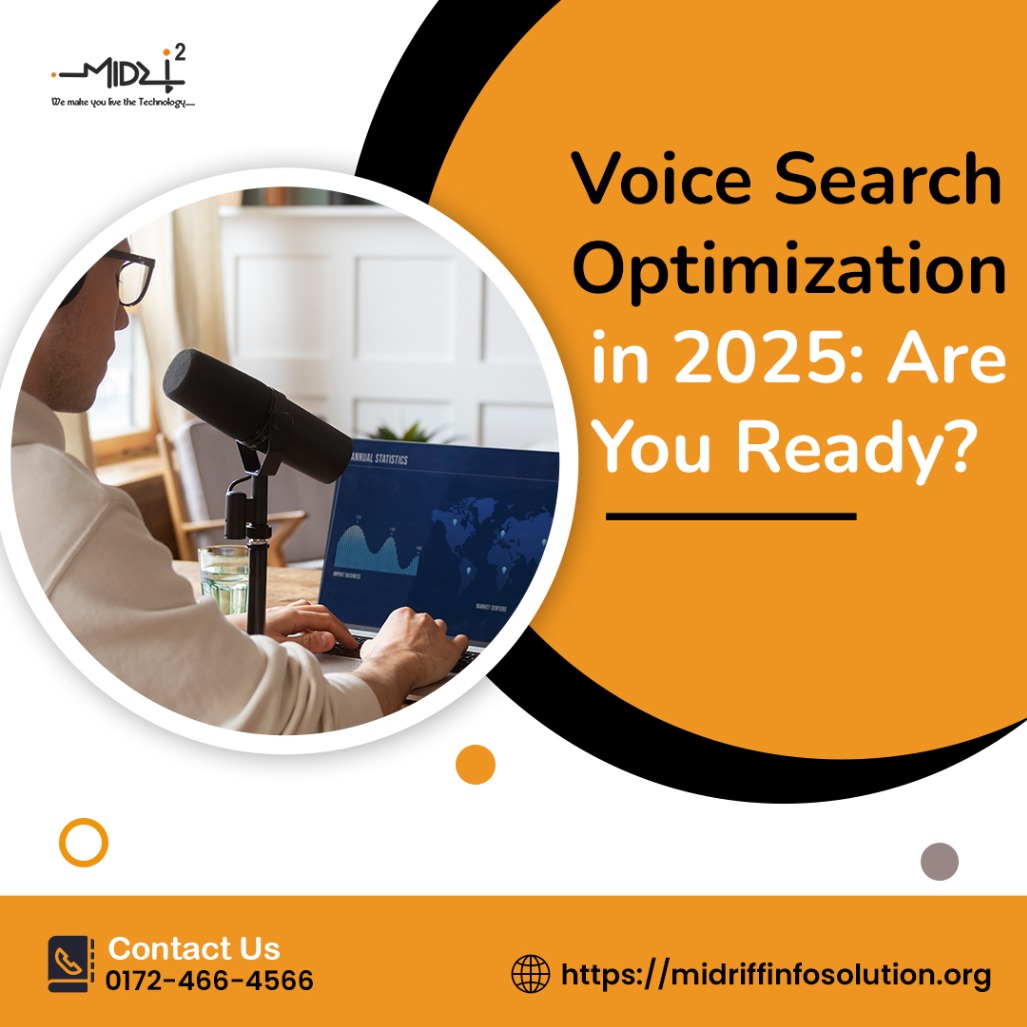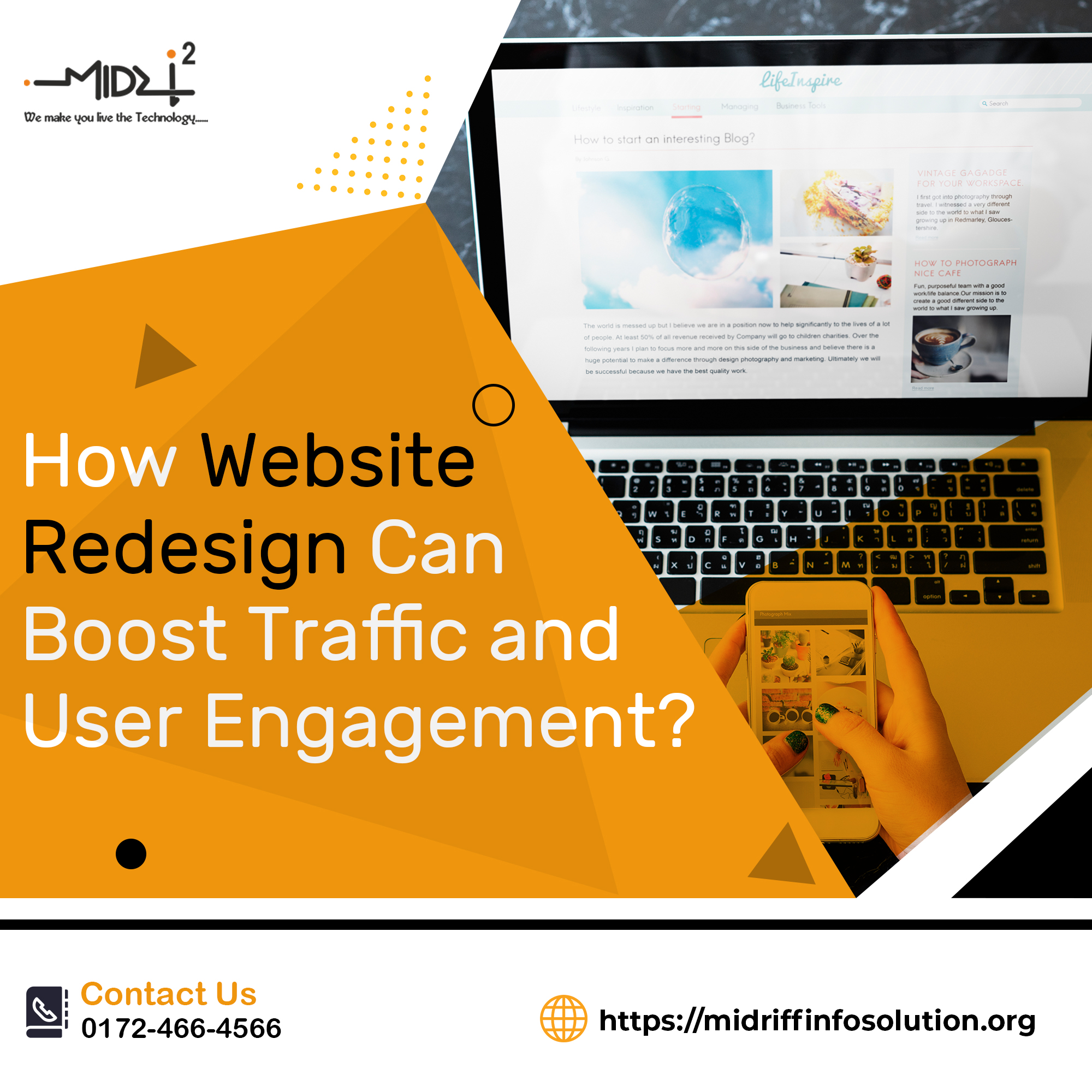Digital transformation has become essential in reshaping patient care within the ever-changing healthcare landscape. Gone are the days of traditional pen-and-paper documentation. Today, healthcare providers are leveraging cutting-edge technologies to streamline processes, improve efficiency, and ultimately, enhance patient outcomes.
This seismic shift towards digitization has ushered in a new era of healthcare delivery, characterized by accessibility, personalization, and data-driven decision-making.
In this comprehensive exploration, we delve into the multifaceted facets of digital transformation in healthcare, dissecting its impact on patient care and the broader healthcare ecosystem.
The Rise of Digital Health Technologies:
1. Electronic Health Records (EHR):
At the heart of the digital transformation in healthcare lies the adoption of Electronic Health Records (EHR). These digital repositories of patient information have replaced cumbersome paper-based records, enabling healthcare providers to access comprehensive patient data instantaneously.
EHR systems facilitate seamless information sharing among care teams and empower patients to actively engage in their healthcare journey by granting them access to their medical records.
This interoperability fosters continuity of care, reduces medical errors, and enhances the overall patient experience.
2. Telemedicine and Virtual Consultations:
Telemedicine has broken geographical barriers, allowing healthcare services to reach patients directly, right at their fingertips. Telemedicine platforms enable remote consultations between patients and healthcare professionals, leveraging video conferencing and other digital communication tools.
This paradigm shift in healthcare delivery has democratized access to medical expertise, particularly in underserved rural areas and during public health crises.
Virtual consultations save time reduce travel-related expenses for patients and alleviate strain on healthcare facilities by diverting non-urgent cases from crowded waiting rooms.
3. Wearable Health Devices:
The proliferation of wearable health devices represents another facet of digital transformation in healthcare. From smart watches monitoring heart rate and sleep patterns to wearable patches tracking vital signs, these devices offer real-time insights into patients’ health metrics.
By empowering individuals to proactively monitor their well-being, wearable health devices facilitate early detection of health issues and encourage preventive measures.
Moreover, the integration of wearable data with EHR systems enables healthcare providers to gain a holistic view of patient’s health status, facilitating more informed clinical decision-making and personalized treatment plans.
Enhancing Patient Experience:
1. Remote Monitoring and Management:
Digital health technologies have redefined the concept of patient care beyond the confines of clinical settings. Remote monitoring solutions allow healthcare providers to track patients’ health parameters, such as blood pressure, blood glucose levels, and medication adherence, from the comfort of their homes.
This proactive approach to healthcare management not only enhances patient autonomy but also enables early intervention in case of deviations from baseline values. By leveraging remote monitoring and management tools, healthcare organizations can optimize resource allocation, reduce hospital readmissions, and improve overall patient outcomes.
2. Personalized Medicine:
The era of personalized medicine has been ushered in by advances in genomic sequencing, data analytics, and machine learning algorithms. By analyzing individuals’ genetic makeup and biomarkers, healthcare providers can tailor treatment plans to match patients’ unique physiological profiles and disease susceptibilities.
Personalized medicine holds the promise of optimizing therapeutic efficacy while minimizing adverse effects, thereby revolutionizing the traditional trial-and-error approach to treatment.
Moreover, patient-centric care models prioritize shared decision-making and incorporate patients’ preferences and values into the care planning process, fostering a collaborative healthcare ecosystem.
3. Patient Engagement Platforms:
Effective patient engagement is integral to achieving positive health outcomes and fostering long-term patient-provider relationships. Digital patient engagement platforms leverage interactive tools, educational resources, and communication channels to empower patients in managing their health and wellness.
These platforms enable patients to schedule appointments, receive medication reminders, track their health, and communicate securely with healthcare providers.
By promoting active participation and accountability in healthcare decision-making, patient engagement platforms enhance treatment adherence, patient satisfaction, and overall health literacy.
Improving Clinical Outcomes:
1. Predictive Analytics:
The integration of big data analytics and predictive modelling techniques holds immense potential for optimizing clinical workflows and improving patient outcomes.
By analyzing vast datasets encompassing demographic information, clinical history, and treatment outcomes, predictive analytics algorithms can identify patterns, predict disease progression, and stratify patients based on risk profiles.
This proactive approach enables healthcare providers to intervene preemptively, implement targeted interventions, and allocate resources efficiently, thereby reducing healthcare costs and enhancing the quality of care.
2. Artificial Intelligence in Diagnostics:
Artificial intelligence (AI) has emerged as a game-changer in diagnostic imaging, offering unprecedented accuracy and efficiency in disease detection and diagnosis. AI algorithms trained on massive datasets can analyze medical images, such as X-rays, MRIs, and CT scans, with remarkable speed and precision.
These AI-powered diagnostic tools augment radiologists’ capabilities, enabling faster interpretation, early detection of abnormalities, and more accurate diagnoses.
Moreover, AI algorithms can identify subtle patterns and anomalies beyond the human eye’s perceptual limits, thereby minimizing diagnostic errors and improving patient outcomes.
3. Robotic Surgery and Interventional Procedures:
The convergence of robotics and healthcare has transformed surgical practices, ushering in an era of minimally invasive procedures and precision medicine. Robotic-assisted surgery platforms combine robotic technology with advanced imaging and navigation systems to enhance surgical dexterity, precision, and control.
These systems enable surgeons to perform complex procedures with greater accuracy and reduced tissue trauma, leading to faster recovery times and improved postoperative outcomes. From cardiac surgeries to orthopedic procedures, robotic-assisted interventions are revolutionizing the surgical landscape and redefining the standard of care in healthcare.
Ensuring Data Security and Privacy:
1. HIPAA Compliance:
As healthcare organizations embrace digital technologies, safeguarding patient data against security breaches and privacy violations becomes paramount. The Health Insurance Portability and Accountability Act (HIPAA) sets forth stringent guidelines and standards for protecting patients’ electronic protected health information (ePHI).
HIPAA compliance encompasses measures such as encryption, access controls, audit trails, and regular risk assessments to mitigate cyber security threats and ensure the confidentiality, integrity, and availability of sensitive health data.
2. Blockchain Technology in Healthcare:
Blockchain technology holds immense promise for enhancing data security, integrity, and interoperability in healthcare systems. By decentralizing data storage and employing cryptographic algorithms, blockchain networks create tamper-resistant, immutable ledgers of transactions and health records.
This distributed architecture mitigates the risk of data breaches and unauthorized access while enabling secure data sharing among stakeholders. Blockchain-based healthcare platforms facilitate seamless exchange of patient information across disparate systems, empowering patients with greater control over their health data and enabling more efficient care coordination.
3. Cyber security Measures:
In an era of digital interconnectedness, cyber security emerges as a critical imperative for safeguarding healthcare infrastructure and patient information.
Healthcare organizations must implement robust cyber security measures to thwart evolving cyber threats, such as ransomware attacks, phishing scams, and malware infections.
This entails deploying firewalls, intrusion detection systems, endpoint security solutions, and regular vulnerability assessments to fortify network defenses and prevent unauthorized access to sensitive data. Furthermore, staff training and awareness programs play a pivotal role in cultivating a culture of cyber security vigilance and resilience across healthcare organizations.
Conclusion:
The digital transformation of healthcare marks a significant shift in how patient care is delivered, experienced, and managed. From electronic health records and telemedicine to predictive analytics and robotic surgery, digital health technologies are reshaping the healthcare landscape, driving efficiencies, and improving clinical outcomes.
However, as we embrace these technological innovations, it is imperative to prioritize data security, privacy, and ethical considerations to uphold patient trust and confidence in healthcare systems. By harnessing the power of digital transformation, healthcare stakeholders can chart a course towards a more accessible, personalized, and sustainable future of healthcare delivery.





